Post Embolization Syndrome Liver
Post embolization syndrome liver. TACE for liver cancer may cause post-embolization syndrome which is a group of symptoms that includes. MELD Model for end stage liver disease ALBI albumin-bilirubin ratio DEE drug-eluting embolic IQR interquartile range PES postembolization syndrome TACE transarterial hepatic chemoembolization UCSF University of California San Francisco. This topic review will cover transarterial embolization and RT.
A post-embolization syndrome consisting of fatigue pain andor nausea can often occur and may last several days or more. Post-embolization syndrome PES is a common side effect of solid organ embolization. Postembolization Syndrome Following Transarterial Chemoembolization Transarterial chemoembolization TACE is becoming a more frequently used nonsurgical option for.
Eighty to 90 of patients suffer a post-embolization syndrome characterized by pain fever and nausea and vomiting. Post-embolization syndrome PES is one of the most common complications of transarterial embolization and chemoembolisation. N-acetylcysteine NAC is known to ameliorate liver damage from several causes.
Other ablative nonsurgical therapies RFA microwave ablation PEI cryoablation microwave and laser coagulation irreversible electroporation are discussed elsewhere as are resection liver transplantation and systemic therapy for HCC as well as an overview of treatments for HCC. Post-embolization syndrome is a common complication after transarterial chemoembolization TACE for hepatocellular carcinoma HCC. Patient Education Before embarking on this fairly arduous palliative regimen patients should be thoroughly informed of the side effects and risks.
Clinical manifestations of PES are typically pain fever and sickness nausea sometimes described as a flu. You may also experience side effects called post-embolization syndrome including fever nausea vomiting loss of appetite and abdominal pain. Postembolization syndrome PES is a common adverse event defined as fever without associated sepsis pain in the right upper quadrant and nausea andor vomiting.
The main symptoms are fever pain and nausea. These side effects usually resolve within a week. Postembolization syndrome defined as a fever with or without right upper quadrant abdominal pain within 14 days of the first TACE procedure.
Postembolization syndrome PES is a common adverse event defined as fever without associated sepsis pain in the right upper quadrant and nausea andor vomiting. It is important to differentiate PES from infection and tumor lysis syndrome since these require different management.
The condition comprises a constellation of symptoms including pain fever nausea and vomiting.
Transarterial chemoembolization TACE is an established treatment in managing liver primary neoplasms or liver metastases. Post-embolization syndrome PES is one of the most common complications of transarterial embolization and chemoembolisation. Eighty to 90 of patients suffer a post-embolization syndrome characterized by pain fever and nausea and vomiting. Side effects will depend mainly on the number of tumours being treated the amount of scarring in the liver called cirrhosis and your overall health. CBC PT PTT creatinine liver function tests and tumor markers. Post-embolization syndrome is a common complication after transarterial chemoembolization TACE for hepatocellular carcinoma HCC. TACE for liver cancer may cause post-embolization syndrome which is a group of symptoms that includes. Clinical manifestations of PES are typically pain fever and sickness nausea sometimes described as a flu-like illness. Your interventional radiologist will schedule imaging studies every three months after radioembolization to track your progress.
Side effects will depend mainly on the number of tumours being treated the amount of scarring in the liver called cirrhosis and your overall health. It usually starts within 72 hours of the procedure and may last a few days. This syndrome is common after an embolization procedure. Postembolization syndrome PES is a common adverse event defined as fever without associated sepsis pain in the right upper quadrant and nausea andor vomiting. Eighty to 90 of patients suffer a post-embolization syndrome characterized by pain fever and nausea and vomiting. A hepatic embolization stops the blood flow to liver tumors. During your hepatic embolization your doctor will thread a small catheter thin flexible tube in your hepatic artery.
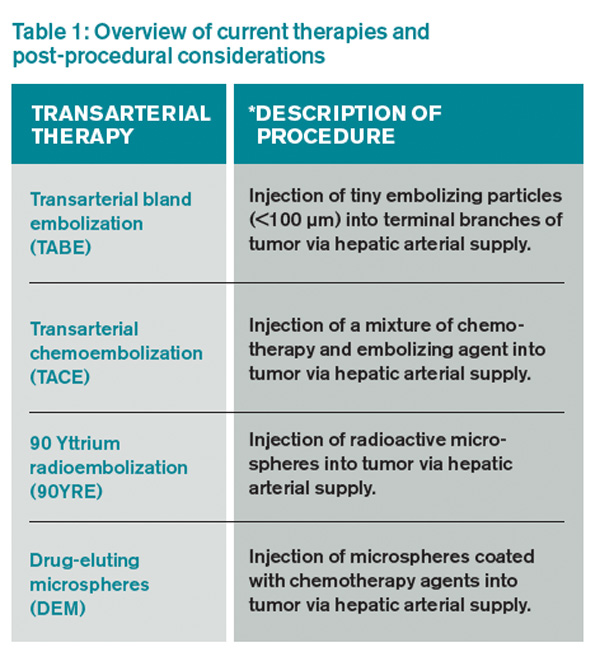



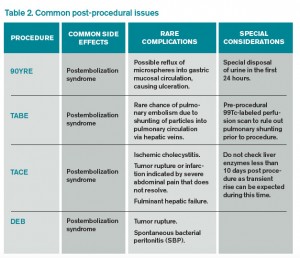




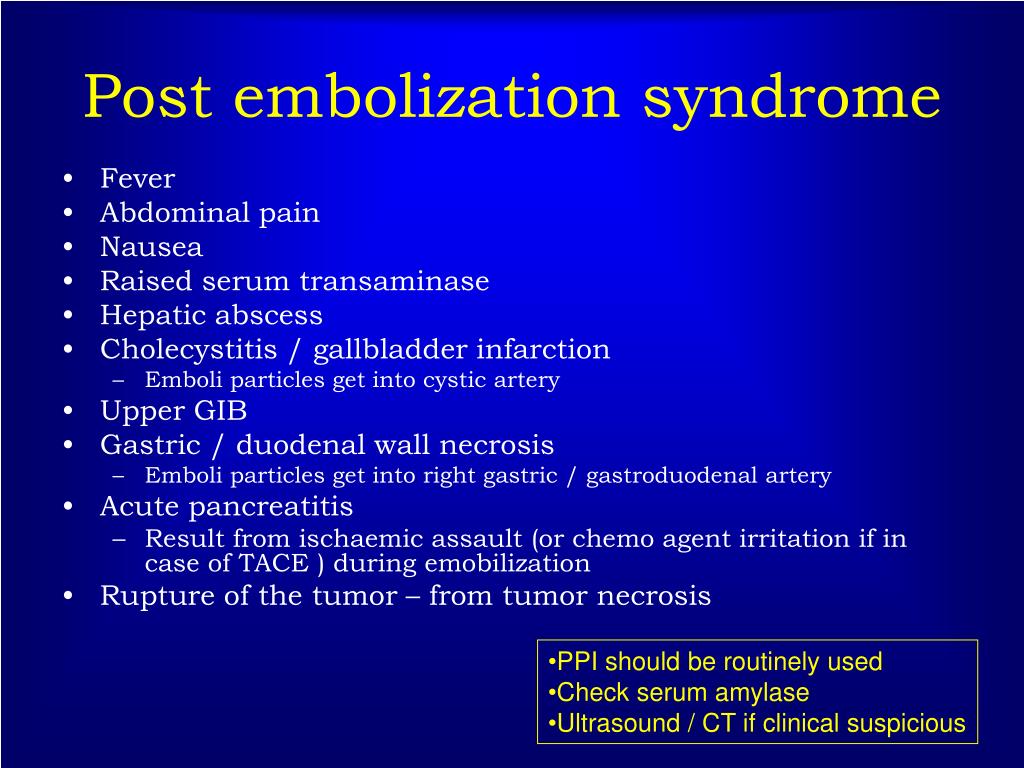



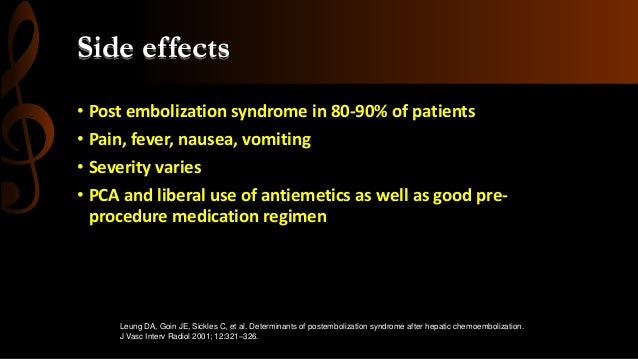


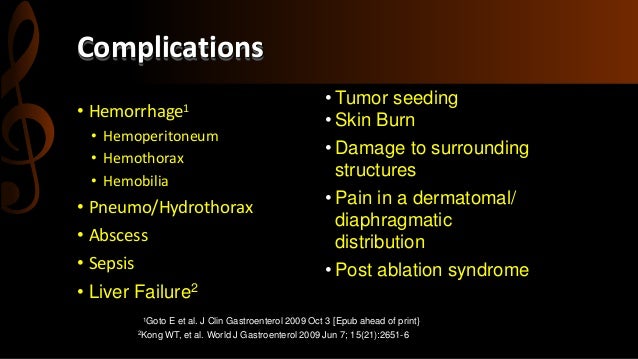






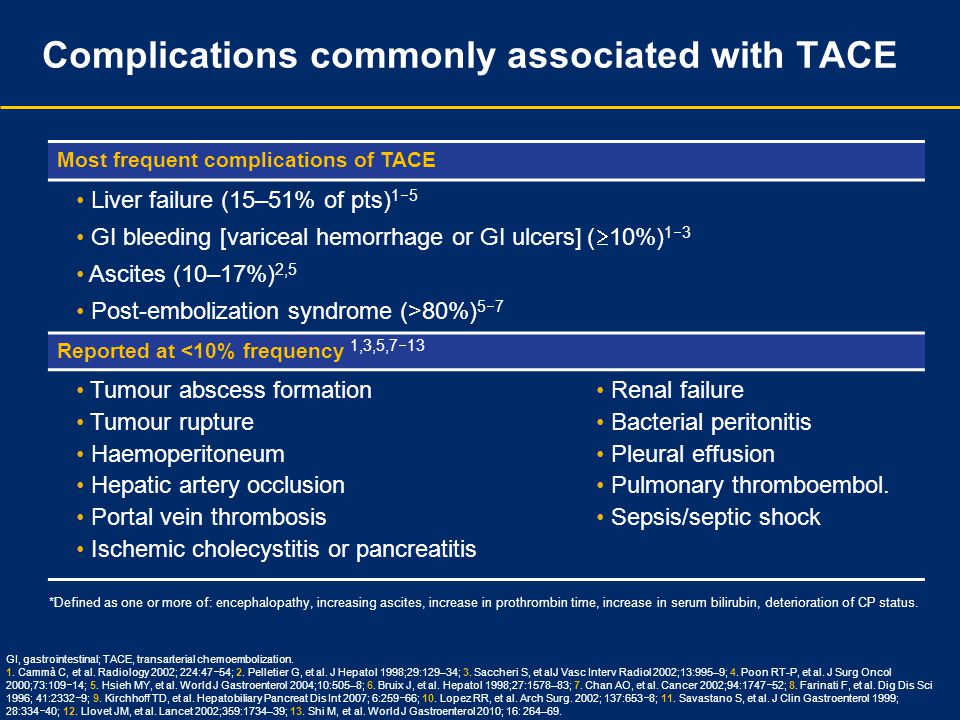



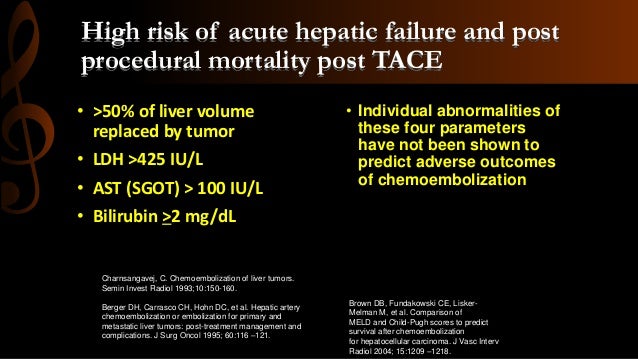




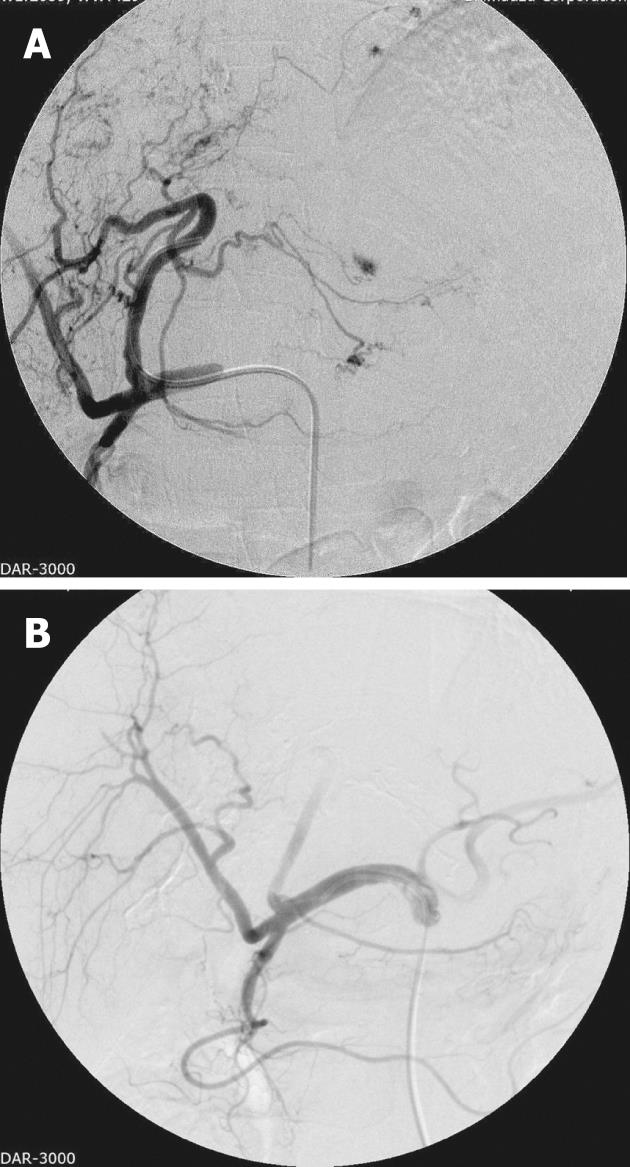
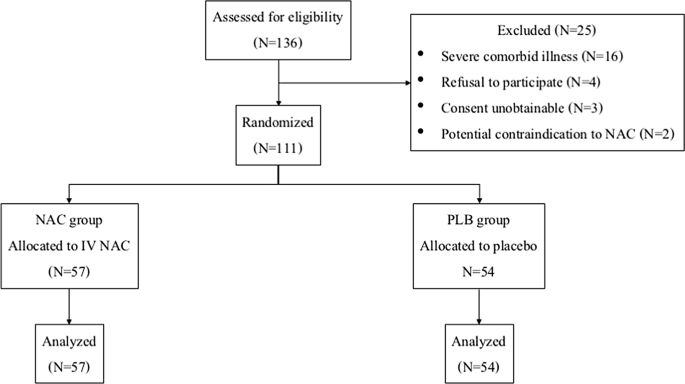






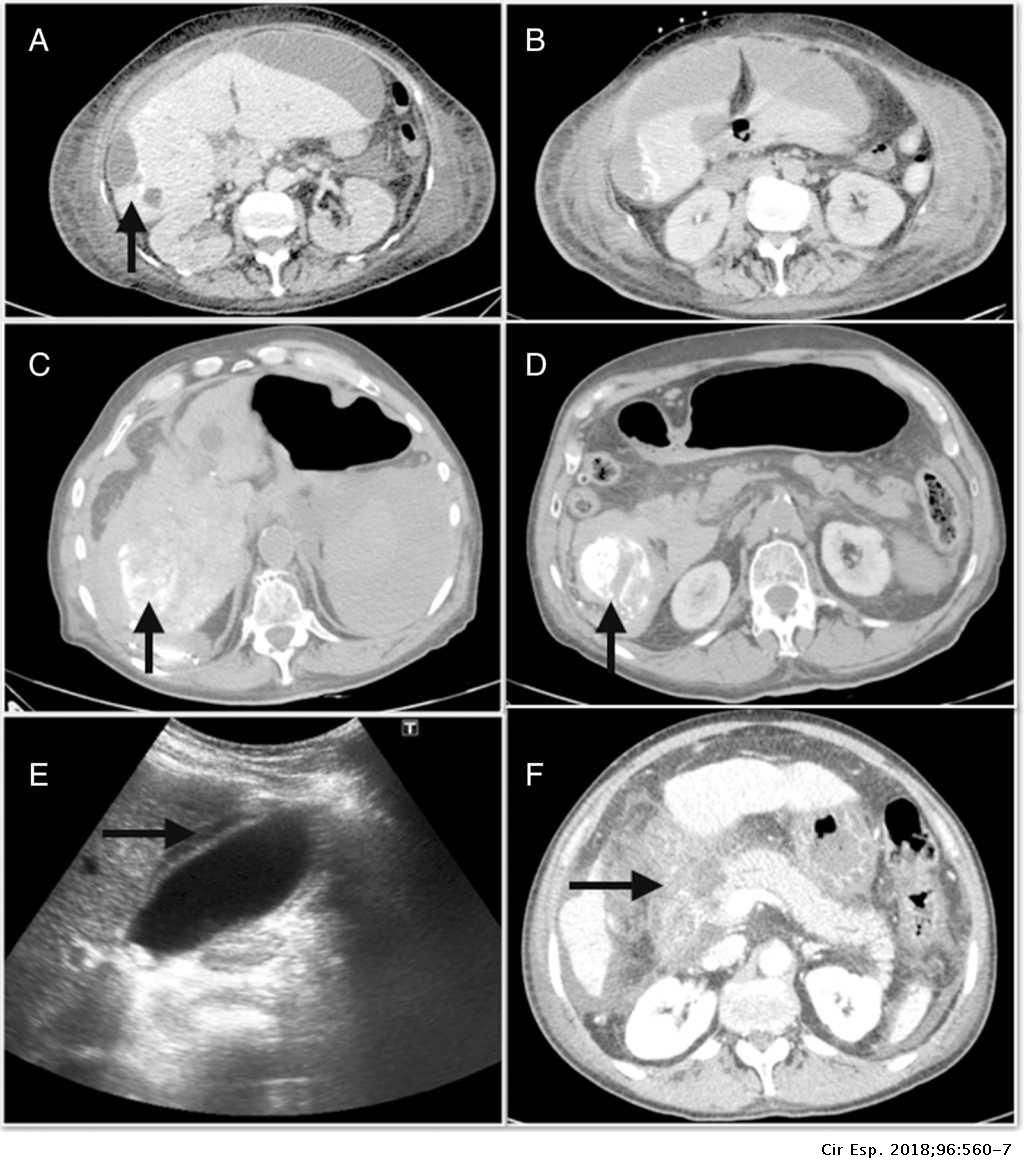


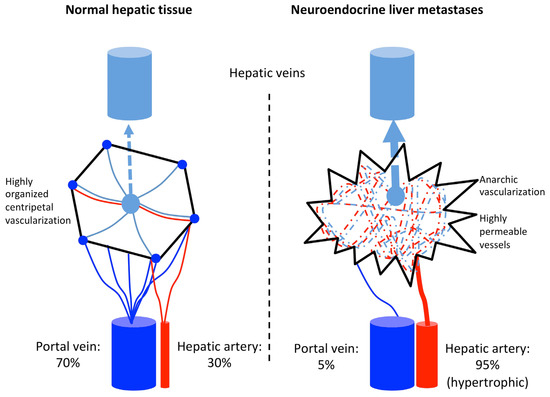

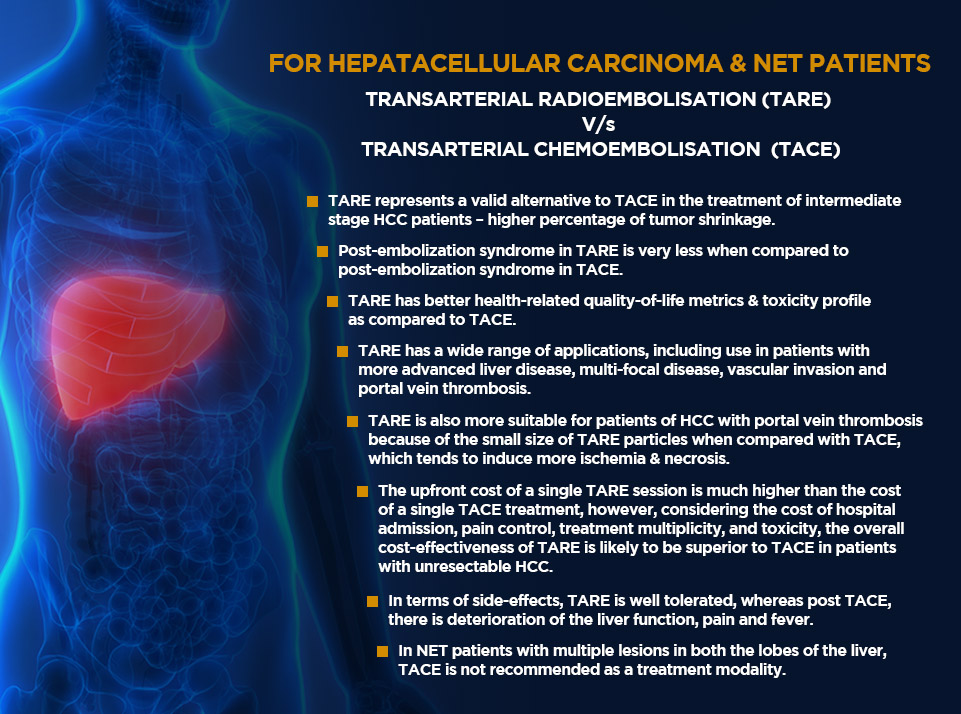
Post a Comment for "Post Embolization Syndrome Liver"